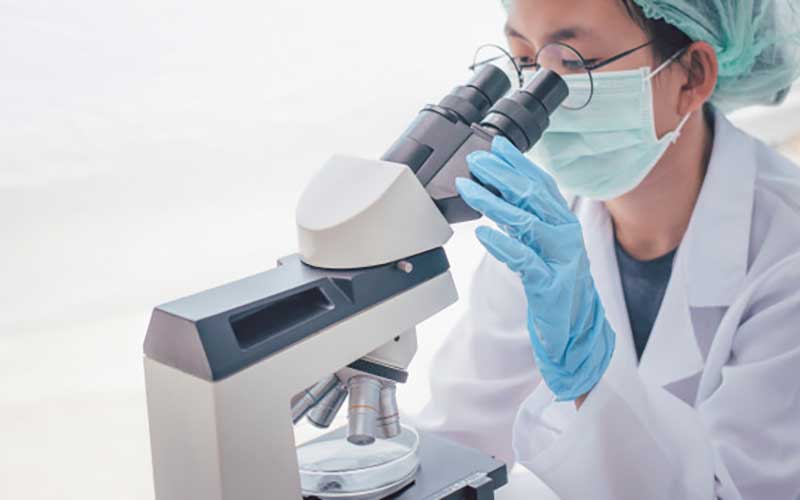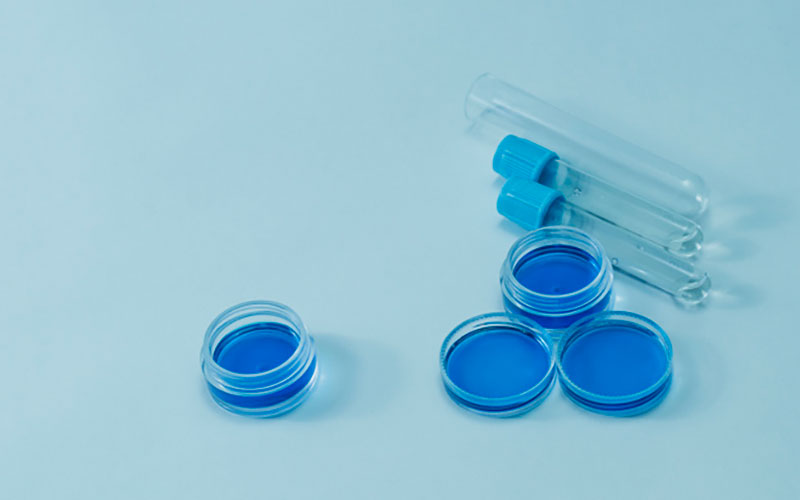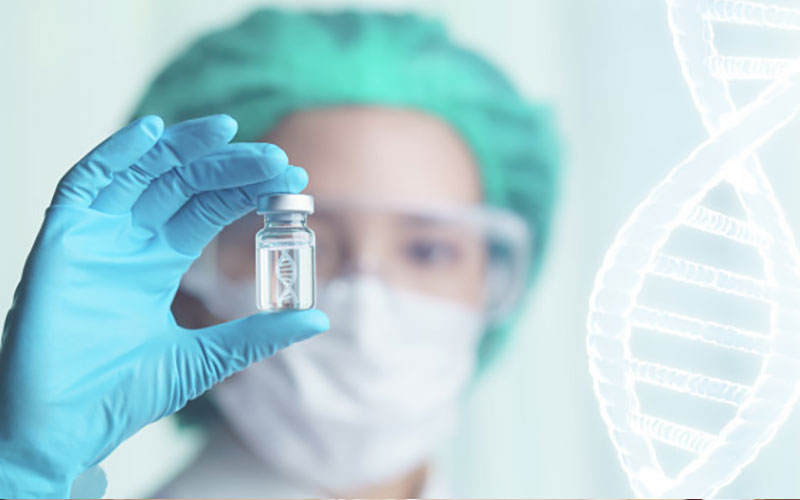With the advancement of genealogy and the popularization of gene sequencing, even among non-scientific communities, genetic ancestry testing has been all the rage for the past couple of years.
If you are thinking of taking an AncestryDNA test yourself, the timing has never been better – genetic sequencing has improved significantly, and the algorithms used today have never been better.
You are also probably wondering how long the entire process would take once you decide to dive deep into the world of Ancestry.
How Long Does AncestryDNA Take?
The AncestryDNA test takes approximately six to eight weeks to receive your results. Although it may seem like a long time, gene processing does take quite a while, and all of it goes to ensuring that the test is as accurate as possible – most tests of this kind have an accuracy of up to 99.9%.

The time it takes for your DNA to be processed does not depend on the company or package you choose since all of them take roughly the same amount of time. In this article, we will explore:
- The many different packages you can choose from
- What the packages include
- How AncestryDNA tests work in the first place
- What the results will tell you
If you want to find out why and how to take the AncestryDNA test, then keep on reading!
Breaking Down the Ancestry DNA Process
You are probably thinking of taking the AncestryDNA test because you have heard that it is the most popular option out there, and you would be correct.
It has the largest database with over 10 million users, to whom you can get your DNA matched, and it offers twice the geographical detail than other DNA testing websites. It ranks at the top of our list of the most accurate Ancestry sites.
You probably want to discover how it all works. The first step is to order a DNA testing kit either from the AncestryDNA website or Amazon – it usually contains a set of directions and a DNA vial.

The process itself is pretty simple, and you will get your results if you follow the directions as written in the test kit. All you need to do is:
- Fill the vial with roughly a teaspoon of your saliva
- Send it to the lab in the provided pre-paid packaging
- Activate the test on your online account
- Wait for the gene magic to happen
While you do have to wait for six to eight weeks, you will be able to see your results online right after your genomes have been processed, and all the questions you’ve ever had about your family tree will be answered.
The test is autosomal, meaning that it traces the DNA which connects you to all of your relatives, not just your mom and dad. It uses microarray technology, and it works by detecting hundreds of DNA markers and specific genes from many different regions.
One concern many people have about DNA testing is the issue of privacy. However, while Ancestry does have you in their database (because this is essential for getting matched up with other DNA samples), the process itself is secure.
Additionally, your personal information is stored in a different place from your genetic information to ensure that you will be safe even in the event of a data breach.
Yet, a DNA test reveals a lot of information about a person, like their family and health history. Hence, all of the security concerns are valid, and you should weigh your options before choosing to participate in a DNA test.
What’s Included in the AncestryDNA results?

The cool thing about genome sequencing is that it can reveal so much you weren’t aware of before.
First, your ethnicity is broken down into percentages, and you get a detailed report including various graphs and maps showing you the regions where you have a lot of DNA matches.
Certain sections of the maps, called “deep dives,” have even more information because that is where you have the most relatives.
You also have the option to build a highly accurate family tree and connect with your distant relatives. Imagine waking up one day to an email from your long-lost sixth cousin – there’s nothing more fun than that!
Besides connecting with your DNA matches, you can also trace your ancestors’ immigration patterns and get a “DNA story” based on a specific time period.
This is extremely interesting, and you get the chance to place yourself and your family in a unique historical perspective.
Should You Take the Test?

If you are still hesitant about taking a DNA test, it might help to know the reasons why other people choose to participate in the study.
The main one is always curiosity. Everyone has that one relative who claims to be 5% Italian, but the how, when, and where of the situation are often obscured. This is where DNA tests can come in and save the day.
If you’ve always wondered where you are actually from, because you’ve heard many family stories about how your great-great-grandfather on your mother’s side emigrated from Europe, then this DNA test is for you.
Now you can end the family debate about your ancestry once and for all.
Another good reason why people take DNA tests is to uncover their health history and their susceptibility to many diseases.
It is no secret that certain populations in distinct geographical areas are more likely to have certain conditions. For example, white people from North America are four times more likely to have celiac disease than people of color.
While knowing your health history may seem scary, it is always a good idea because you can be on the lookout for diseases that you have a higher likelihood of getting and can consult your doctor about getting tested for them earlier. When it comes to your health, you can never be too prepared.
Additionally, some people wonder if they should take the test if their parents or siblings have already taken it.
While we share a lot of DNA with our siblings (including half-siblings)and 50% with each of our parents, our individual DNA is still as unique as it gets, and it can give us many insights that are not family-related, as we have already explored.
Choosing Between the Different AncestryDNA Packages
AncestryDNA has three different packages that you can choose from:
- The classic AncestryDNA
- The DNA and family tree bundle
- AncestryDNA Traits
The first and least expensive option includes only the test kit and provides a heritage analysis. At the same time, although slightly more expensive, the DNA and family tree bundle lets you uncover more of your family history.
The AncestryDNA Traits test is the most elaborate and the most expensive option. It also includes information about personal characteristics that your genes can influence.
The prices range from $99 to $119, so it does not cost much more to get the most detailed report and learn everything there is to know about your genes.
You will receive your results in six to eight weeks for all of the tests, so the price does not vary based on the sequencing period’s length. It is honestly not such a long wait, considering all of the information you will receive in return.
Final Verdict
Since DNA heritage testing has become so accurate (but not 100% accurate)and quick, it definitely does not hurt to check it out. No matter which AncestryDNA package you choose, you will not be disappointed with the results.
Some people even get their family members DNA tests for their birthday or Christmas. But even if you don’t have a special event in mind, you can always get one for yourself.
In around six weeks, not only will you get to know a lot more about yourself, but you will also be able to place your family on the map (literally and figuratively) and learn about the history behind your existence.

